The women’s singles match between 5th-seeded Nozomi Okuhara and Sun Yu transfixed the stadium with its technical brilliance by the Japanese and the hang-in-there attitude of her Chinese opponent, which made the score line unbearably close throughout.
By Aaron Wong, Badzine Correspondent live in Sydney. Photos: Badmintonphoto (live)
Nozomi Okuhara (pictured) played very differently from her 2015 Australian Open incarnation. The typical Japanese style of dashing at top speed to retrieve shuttles remained a baseline quality she could rely on but the overall disposition was a player dictating the play with clever early changes of pace, changes of shuttle trajectory between ultra-high deep clears and flat cross-court drives, and every stroke being produced as though it were a normal shot.
The beautiful signature shot that uniquely belongs to the twenty-one year-old Japanese star is an unbelievably accurate backhand high drive shot to the rear boundary produced with the elbow facing down.
Okuhara is developing an individual flair all her own that’s a bit Ratchanok Intanon-like in the languid strolls between points followed by a very controlled, unrushed clinical display of superior hand strokes that must require a great deal of strength to send from deep corner to corner but that don’t look it. She won most of her points as clean winners.
It was interesting to see the tall Sun Yu (pictured right) frequently having to jump while bending over backwards to address such lofty shots with only time for one safe option – another high clear. Sun staying close initially depended on the rare occasions of an Okuhara mis-hit unforced error.
The forceful repelling of Sun Yu’s shots, combined with executing hairpin net shots first were repeatedly successful until Sun found a loophole. As long as the Chinese player was already hovering around the three-quarter-court and not needing to take a back step, she could hit her own steep, outright winners across court.
What kept things on edge for spectators was both ladies hitting close to the line, or to the tape on the net winners, right until the end. Okuhara could have made it to deuce but emphatically over-hit into the net a sitting-duck net shuttle in a rally she had worked so hard to construct, thus giving the match to her Chinese opponent 21-23, 21-17, 21-19.
Although Okuhara has been playing taller people the majority of her life, there’s a bit more tactical homework to be done on how to deal with them. The good news is that the technical skills and court coverage are as perfect as they can be for her physique.
“Once I saw my draw two weeks ago, I made sure to prepare to play someone with a strong will,” said Sun about her victory. “I enjoy very much playing in Sydney though. It reminds me a lot of my coastal hometown [Dalian].”
Not a total loss
Iris Wang (pictured left) exhibited exceptional concentration in her admirable first-round loss to the hugely talented Chinese left-hander He Bingjiao 19-21, 21-18, 14-21.
The American didn’t drop her own quality or confidence despite the stylish return of smash winners and some flukes that came off the opponent’s racquet. It’s a skill that He would do well to acquire.
Wang came off court without being devastated: “I played better today than in Indonesia last week.”
Joy & Praise
“It’s always tricky to play someone new no matter who it is because they can do the most unexpected shots or comebacks in match,” commented Saina Nehwal after defeating Australia’s Joy Lai (pictured right), 21-10, 21-14.
The former world #1 from India didn’t forget to praise the youngster: “Even though she led in the second game, I was more surprised she was able to keep going past the interval to 14-12 and then I think she ran out of energy.”
Click here for complete Wednesday results
![AUSTRALIAN OPEN 2016 R32 – More homework about heights to do The women’s singles match between 5th-seeded Nozomi Okuhara and Sun Yu transfixed the stadium with its technical brilliance by the Japanese and the hang-in-there attitude of her Chinese opponent, which […]](http://www.badzine.net/wp-content/uploads/ngg_featured/20160608_1755_AustraliaOpen2016_BP__3309.jpg)
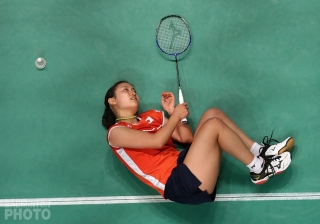
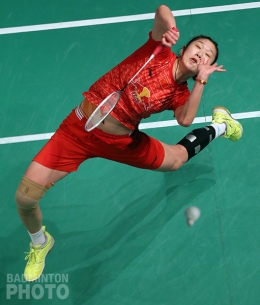
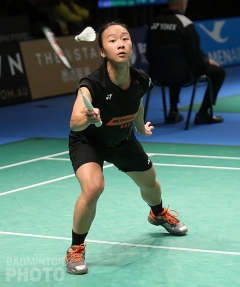
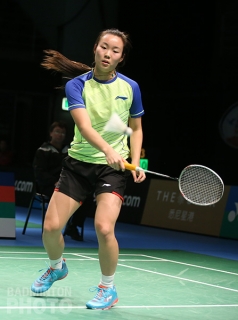

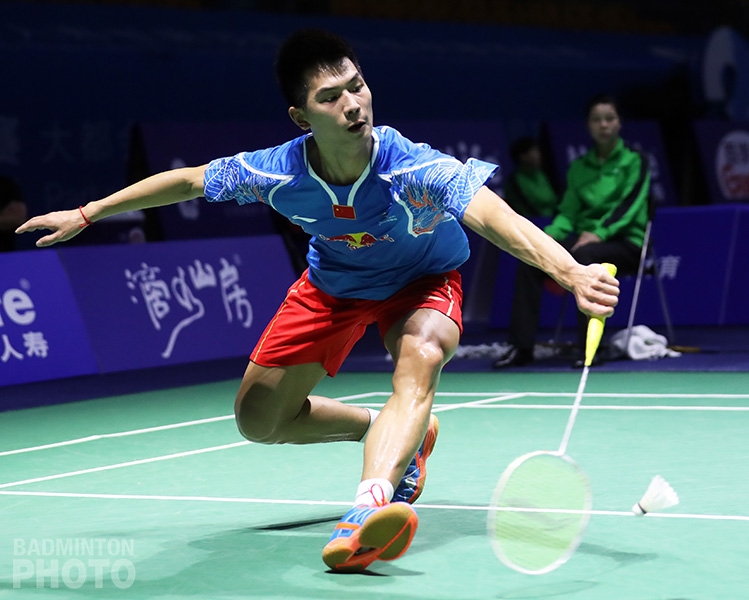
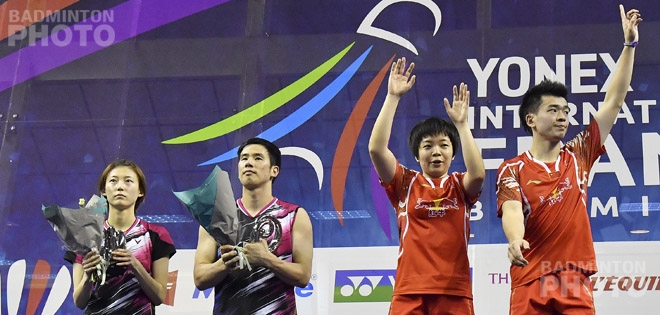
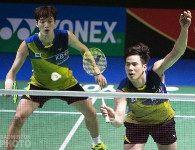
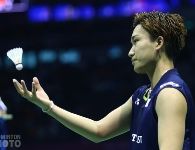
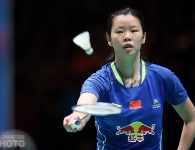
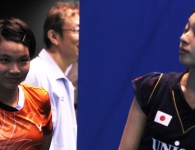
Leave a Reply